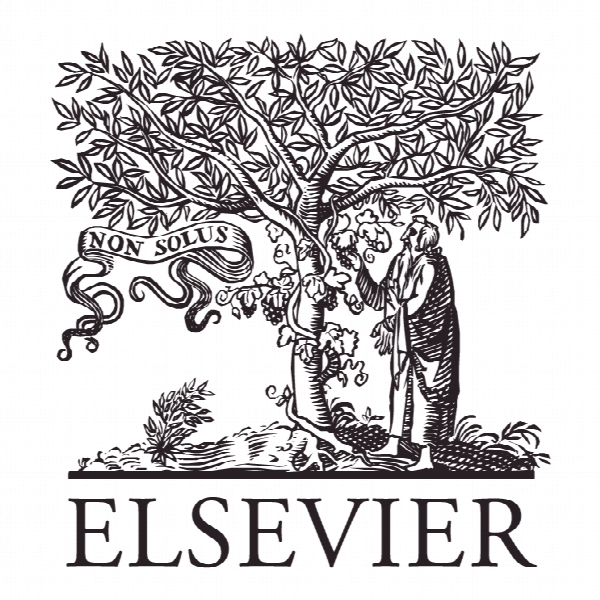یک دستگاه یادگیری شبکه بیزی برای خطاهای شارژ کولر سیستم تهویه جریان هوای متغیر A machine learning bayesian network for refrigerant charge faults of variable refrigerant flow air conditioning system
- نوع فایل : کتاب
- زبان : انگلیسی
- ناشر : Elsevier
- چاپ و سال / کشور: 2018
توضیحات
رشته های مرتبط معماری، فناوری اطلاعات
گرایش های مرتبط شبکه های کامپیوتری
مجله انرژی و ساختمان ها – Energy and Buildings
دانشگاه Huazhong University of Science and Technology – Wuhan – China
منتشر شده در نشریه الزویر
کلمات کلیدی انگلیسی Variable refrigerant flow, Air conditioning system, Bayesian belief network, Refrigerant charge, Fault diagnosis
گرایش های مرتبط شبکه های کامپیوتری
مجله انرژی و ساختمان ها – Energy and Buildings
دانشگاه Huazhong University of Science and Technology – Wuhan – China
منتشر شده در نشریه الزویر
کلمات کلیدی انگلیسی Variable refrigerant flow, Air conditioning system, Bayesian belief network, Refrigerant charge, Fault diagnosis
Description
1. Introduction Because of the demands for thermal and humidity comfort in residential and commercial buildings, the heating, ventilation, and air conditioning (HVAC) system accounts nearly half of overall building energy [1,2]. As a consequence, it is necessary to achieve energy saving in such systems. And in recent years the conception of air conditioning system has gradually developed from one unit for one house to independent units fromseparated zone in the same house along with the rising demands for comfortable environment [3]. Thus variable refrigerant flow (VRF) air conditioning system which is a multi-split type of HVAC system has been arisen and applied in practice due to its flexible form, compacted structure, high part-load efficiency and individual thermal control strategy [4]. It is made up of one outdoor unit and several indoor units. In essence, the VRF system is a system which maintains the indoor temperature at different set temperatures by controlling compressor frequency and the opening of electronic expansion valves to varying refrigerant flow rate. However, as a result of the intrinsic complexity of VRF system it easily suffers from various kinds of faults, which may lead to energy waste, shortened life span of the mechanical parts and deterioration of its performance. Meanwhile, it is a difficult task to detect and diagnose faults timely merely relying on manual work. Therefore, the artificial intelligent diagnosis methods for VRF system attract more attention. FDD (fault detection and diagnosis) tools have provided robust and effective approaches to ensure performance of various air conditioning systems from the perspective of artificial intelligence. What is more, they are also been applied into many HVAC components. Comstock et al. [5], Reddy et al. [6], Katipamula and Brambley [7,8] have used FDD in chillers. Besides, faults in air handling units (AHU) [9], variable volume terminals (VAV) [10] are detected and diagnosis by different FDD tools. Although FDD has been applied into heating, ventilation, airconditioning (HVAC), chiller plants, air handling units (AHU), variable air volume terminals and other refrigeration systems, there are few researches in fault detection and diagnosis of multisplit air conditioning system during the latest decades. As is known, a suitable and excellent FDD tool is essential for achieving timely detection and precise diagnosis in the FDD period. In terms of previous researches significant breakthroughs have been made, but there are more aspects that should be taken into consideration in such process. Firstly, there are many uncertainties among faults and symptoms which extant rule-based approaches hardly cope with. In other word, a fault may result in different symptoms at different probabilities. Thus it may be more rational to express FDD results by reasonable probabilities instead of the Booleans (i.e. Yes or no). Secondly, itis rewarding to notice thatthe more information used in FDD process, the more accurate the results are. It means that not only data collected by sensors but also other additional information, i.e., service history, maintenance records and components performance data, should be used to complete such a process. Thirdly, when it comes to conflicting or incomplete information as a result of sensors faulty or unavailable measurements, the traditional FDD methods will be incapable of such situations. Aimed at those defects, bayesian belief network has been gradually applied into FDD fields.


